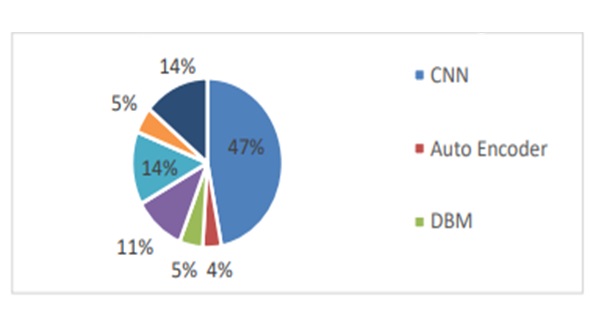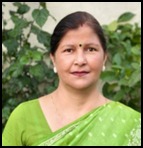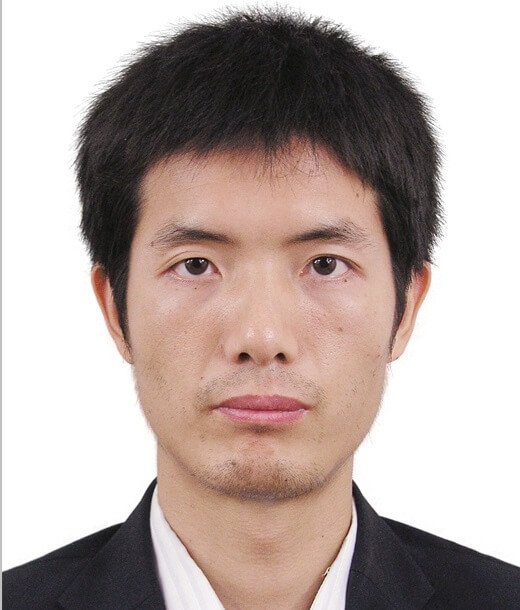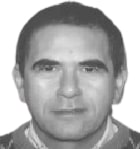Face Detection and Counting: Recent Advances and Future Research Directions

DOI:
https://doi.org/10.54060/a2zjournals.jase.69Keywords:
Face detection , Face Counting, Viola- Jones algorithm, deep learning, CNNAbstract
In recent years, face detection and counting have undergone a remarkable transfor-mation due to the emergence of deep learning techniques, particularly Convolutional Neural Networks (CNNs). These methods have surpassed traditional computer vision approaches, benefiting from vast datasets and robust computational resources. CNN’s, the cornerstone of contemporary face recognition systems, excel in accurately identifying faces across diverse conditions and environments. The ascendancy of CNNs in face detection stems from their capacity to autonomously learn hierarchical features from raw pixel data, obviating the need for manual feature engineering. Consequently, they yield resilient systems capable of accommodating real-world variations like lighting, pose, expression, and occlusion. Their scalability enables the efficient processing of extensive image databases, rendering them invaluable for applications requiring face counting amidst crowded scenes. Nonetheless, challenges persist, particularly in deploying these systems on resources-constrained devices. The computational complexity and storage demand of deep CNNs necessitate ongoing exploration of lightweight network architectures that balances accuracy with reduced computational footprint. The historical Violajones algorithm, while foundational, has been eclipsed by the superior performance of CNNs. Deep learning’s prowess lies in its adaptability to various tasks and its capacity to continuously refine itself with more data. By learning features directly from data, CNNs excel in capturing intricate patterns crucial for precise face detection and counting. Deep learning, especially through CNNs, has revolutionized face detection and counting by delivering unparal-leled accuracy and robustness. However, ongoing efforts are crucial to address challenges in the efficiency and accessibility of these systems for broader deployment across various applications and devices.
Downloads
References
X. Zhao, E. Delleandrea and L. Chen, "A People Counting System Based on Face Detection and Tracking in a Video," Sixth IEEE International Conference on Advanced Video and Signal Based Surveillance, Genova, Italy, pp. 67-72, 2009.
P. A. Mehta and T. J. Stonham, “A system for counting people in video images using neural networks to identify the back-ground scene,” Journal of Pattern Recognition, vol. 29, no. 8, pp. 1421–1428,
M. P. Tofiq Quadri, "Face Detection and Counting Algorithms Evaluation using OpenCV and JJIL," in GITS-MTMIAt, Udaipur, Rajasthan, December," vol. 2, p. 42, 2015.
M. S. Yehea Al Atrash, "Detecting and Counting People’s Faces in Images Using Convolutional Neural Networks," IEEE, no. Palestinian International Conference on Information and Communication Technology (PICICT), p. 116, 2021.
U. H., X. H. a. L.-P. C. Yi Wang, "A Self-Training Approach for Point-Supervised Object Detection and Counting in Crowds," IEEE TRANSACTIONS ON IMAGE PROCESSING, vol. 30, no. 2876, p. 2876, 2021.
"https://anyconnect.com/blog/the-history-of-facial-recognition-technologies," [Online]
Y. S. a. H. C. Jing Huang, "Improved Viola-Jones face detection algorithm based on HoloLens," EURASIP Journal on Image and Video Processing, 2019.
L. W.-y. Ming, "Face Detection Based on Viola-Jones Algorithm Applying Composite Features," International Conference on Robots & Intelligent System (ICRIS), p. 45, 2019.
A.F. D. S. MD. Tahmid Hasan Fuad, "Recent Advances in Deep Learning Techniques for Face Recognition," IEEE Access, p. 23, 2021.
P. W. S. C. H. Xudong Suna, "Face detection using deep learning: An improved faster RCNN approach," Elsevier, pp. 42-50, 2018.
J. J. L. C.-J. K. K. Sung Eun Choi, "Age face simulation using aging functions on global and local features with residual imag-es," Expert Systems with Applications, pp. 80:107-125, 2017.
V. Rabaud and S. Belongie, “Counting crowded moving objects,” Proceedings of the International Conference on Computer Vision and Pattern Recognition, pp. 705 – 711, 2006.
Mora Albiol and V. Naranjo, "Real-time high density people counter using morphological tools", IEEE Trans. Intelligent Transportation Systems, vol. 2, no. 4, pp. 204-218.
J. R.-d.-S. R. V. M. C. Gabriel Hermosilla, "A comparative study of thermal face recognition methods in unconstrained en-vironments," Pattern Recognition, pp. 45(7): 2445-2459, 2012.
M. H. Mamta, "A new entropy function and a classifier for thermal face recognition," Engineering Applications of Artificial Intelligence, pp. 36: 269-286, 2014.
A.Y. Y. G. John Wright, IEEE Transactions On Pattern Analysis And Machine Intelligence, vol. 31, p. 457, 2, February 2009.
A. K. Jain, R. P. W. Duin and Jianchang Mao, "Statistical pattern recognition: a review," in IEEE Transactions on Pattern Analysis and Machine Intelligence, vol. 22, no. 1, pp. 4-37, Jan. 2000.
R. B. S. Afzal Godil, "Performance Metrics for Evaluating Object and Human Detection and Tracking Systems," Tracking Systems, pp. 7972, 3-4.
J. Black, T. Ellis, and P. Rosin, “A Novel Method for Video Tracking Performance Evaluation”, The Joint IEEE International Workshop on Visual Surveillance and Performance Evaluation of Tracking and Surveillance, October, Nice, France, pp. 125-132.
J.C. Nascimento, J.S. and Marques, "Performance evaluation of object detection algorithms for video surveillance", Mul-timedia, IEEE Transactions on 8.4: 761-774, 2006.

Downloads
Published
How to Cite
CITATION COUNT
Issue
Section
License
Copyright (c) 2024 Shyam Sundar Singh, Vineet Singh, Dr. Shikha Singh, Dr. Bramah Hazela

This work is licensed under a Creative Commons Attribution 4.0 International License.



























